Will the rumble of engines soon be silenced? My deep American roots of trucks, racecars, and muscle cars sure hope not. However, we can’t ignore what is happening around the globe. Elon Musk has just unveiled the new Tesla Model 3. No doubt, this bridges the gap for a good-looking electric car and affordability. Where does that leave us? Us, meaning that you’re like me, and like to feel the RPMs as the accelerator pedal (gas pedal) meets the floor. What is the future of the combustion engine? Does the auto industry go with diesel, gas or hybrid? Hybrid is not in the sense that you think, more on this shortly.
Where are the new ideas and innovation for combustion engines? Even our trip and coverage of the SEMA 2016 Show Wrap Up didn’t provide much in the way of news. It was the same ol’ same ol’, tires, wheels and accessories.
The Enemy – or the Victor
July 2017, Tesla has an internal event where Elon Musk shows off the brand new Tesla Model 3. In base format, the Model 3 sells for $35,000, goes from 0-60 in 5.6 seconds, 220mi range, and has a 130mph top speed. Step up to the extended range model. For just $44,000, you get a 310mi range, 5.1 0-60, and 140mph top speed. Gearheads around the land cuss and scream, but realization hurts. These performance numbers don’t lie, with a cost lower than many comparable combustion-engine cars.
The thought of me ever driving an electric car makes me want to puke. At the same time, I highly respect the success of Tesla, and the plan attack of Mr. Musk.
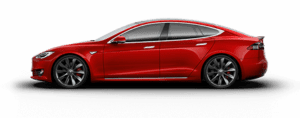 Original Tesla Master Plan – Elon Musk
Original Tesla Master Plan – Elon Musk
- Create a low volume car, which would necessarily be expensive
- Use that money to develop a medium volume car at a lower price
- Use that money to create an affordable, high volume car
- While doing above, also provide zero emission electric power generation options
- Don’t tell anyone.
In 10 years, they did just that! Well, except for the part about not telling anyone. But as they say, “4 out of 5 ain’t bad.” It’s no wonder that the Big 3 are kicking and screaming. Enough about this electric car success mumbo jumbo. We’re gearheads here, so let’s talk shop.
[adsenseyu1]
Choose Your Poison – Diesel, Gas or Hybrid
Gas, please! Okay, this is a knee-jerk reaction to my heritage and upbringing. Pride tells me to choose the 454, Hemi, Coyote, or LS3, however, I am an editor and must remain objective – right. Now let me put on my common sense hat to take an honest look at these options. Bear with me as I try to be professional.
Diesel
The past decade, or more, has brought a big push on diesel power and emissions. We now have “clean diesel”, drasticly reducing the huff of black smoke exiting the tailpipe. This of course excludes those ‘rolling coal‘ – I shall name no names. In addition, turbos and superchargers have totally changed the performance game with diesels. Not uncommon on back roads, interstates and drag-strips, is to find 8,000+ pound diesel trucks blowing the doors off sports cars.
Diesels are simplistic, at least when you remove all the electronics and computers. There are no spark plugs. The combustion process is kicked off by pure compression. Compression of a gas engine is typically in the 8:1 to 12:1 range, on street cars. Whereas, diesels will range from 16:1 to 23:1.
Pro Tip: Compressing air produces heat. Compress it enough, with a fuel, and we get fire.
The gas engine needs help from an ignition source, Mr. spark plug, because compression is so low. Diesels use the high compression of the combustion chamber to ignite the fuel (diesel). Diesel burns slower than gasoline, allowing the motor to stay together with such a high compression ratio. As well as, diesels are built with much more heavy-duty parts, typically making them heavier.
Horsepower and Torque
Horsepower is a calculation of torque, and diesels are the king of torque. Learn how to plant that torque to the ground, and you get rocket-ship-like performance. Diesel also brings with it, better fuel mileage. Still, the argument is on the side of emissions, and how clean we can make it.
Pro Tip: Horsepower and torque always intersect at 5252 RPM. Horsepower = (RPM x Torque)/5252. Always true, this never changes, it IS an absolute!
So, where are the American mid-size sedans with turbo diesels ripping a sub-five-second 0-60? Crickets! BMW and VW seem to take the diesel sedan serious, so where’s the USA? Ok, let’s get back on topic, this about the auto industry as a whole. After all, our powerplants are at stake. Diesels are typically heavier, however technology in metalurgy helps to lighten the load. Also, computers to manage fuel and ingintion curves increase power and efficiency in diesels. What will it be: diesel, gas or hybrid?
Gasoline
“Hi, my name is Tim, and I have gasoine running through my veins.” Do you feel my pain? Let me sum it up the best I know how – Gas is easy. Gasoline ignites easy, can be found on every corner of the Americas, and it’s fun. Small block Chevys, small block Fords, and Mopar hemis ignited a V8 craze that continues today. These are die-hard gearheads that may say something like “over my dead body” will you take away my gas engine.
In addition to the V8 heritage class, the new-era brings a growing family as well. Chevy’s LS series, Ford’s Coyote, and the revitalized Mopar Hemi are nothing short of spectacular. Horsepower to weight ratios are nothing like we’ve seen before. Today, it’s not uncommon to see 800+ horespower cars, with the windows up, A/C on and the tunes playing. Making that power with old-school cars meant the windows down, teeth chattering camshafts, and no chance at hearing the stereo. Still, that sound of a solid lifter cam is hard to beat.
Where are the Breakthroughs?
Even gasoline engines have reaped benefits from computers. Maximizing fuel and ignition curves can enhance performance, fuel economy, or both. Many software programs allow the DIY guy to tweak these. No need for dealerships or manufacturer’s equipment. Regulation from the big 3 is pushing hard to put a stop to this, but time will tell. As for breakthroughs in the gasoline powerplant, there’s not much to write about. While I revel in the past, I do have a concern with the future of gas and the future of the combustion engine. Somebody do something, soon – please. We need to win this war on diesel, gas or hybrid.
Where are the game-changers in the gas engine? Where are the homegrown engineers of today? There is a glympse of ideas that are out there, but they don’t seem to get much attention. A couple to mention are the CSRV from Coates and the FreeValve from Koenigsegg. The CSRV (Coates Sperical Rotary Valve) uses a rotating sphere with valve ports machined in to intake and exhaust the air. This replaces the typical poppet valve. It also eliminates the need for a camshaft, lifters, pushrods, rocker arms and valve springs. All this is weight and friction that can be eliminated. Christian von Koenigsegg,
Christian von Koenigsegg, the founder of his namesake supercar company, introduced the FreeValve technology. FreeValve eliminates the camshaft, lifters, springs and pushrods as well. However, the poppet valve is still used, being controlled by an electric actuator to open and close each valve. With the valves driven electronically, the computer can now open and close intake and exhaust valves totally independent of one another. While Koenigsegg is working with a car manufacturer in China, there is no sign of mass production hitting the USA.
Hybrid Combustion Engine Technology
Eww! Let me clarify here. This hybrid technology that we speak of is not a hybrid of a tiny gas motor and primary electric motor. Nor is this meaning a hybrid of hydrogen and gas. Mazda’s idea of hybrid technology is their new Homogeneous Charge Compression Ignition (HCCI) engine. It’s actually not that new, as they announced this originally back in 2012, planning to release in 2018. How do we move so slow? It’s no wonder that we might lose the race for diesel, gas or hybrid.
HCCI takes the advantage of high compression to ignite the combustion, such as in the diesel engine. At the sames time, this technology only works well during prime operating conditions. For those very cold mornings, a spark plug is still needed to ignite the fuel in the cylinder. Mazda claims they will achieve 30-40% better efficiency in the HCCI gasoline engines. This puts it on par or better than their diesel engines.
[adsenseyu2]
Honestly, this feels like a bandage on a hemoraging wound. This is a neat idea, but not much gamechanging going on. If this is the best we can muster, there’s no need to worry about diesel, gas or hybrid. Electric wins and Elon Musk owns the planet. Wait, he owns SpaceX too! Headlines 2030 read: Elon Musk owns the universe!
Our Thoughts on the Combustion Engine
Capitalism drives the USA. This is the best economic system, hence why much of the devleoped/developing world adopt it. Demand drives supply, Economics 101. With this said, I do believe that much of our opportunity is crippled by government regulation and time-sucking certifications. We won’t go down that road, but worth interjecting. The industry needs an avenue where thoughts and ideas are fostered into working, or non-working, prototypes. Much like the start of NASA.
Diesel has successfully seen increases in power and efficiency, however, weight is still an issue and RPMs are limited. Gasoline fueled engines are making great power, in abudance, and have awesome power to weight ratios. Still, the internals remain much the same. This hybrid idea from Mazda was also talked about by GM and others. Efficiency definitely increases, but I don’t see the knockout punch to the electric couterpart.
Smokey Yunick – Yesteryear
Without getting in a history lesson of who Smokey Yunick is, I do want to make mention of him. He is definitely a gamechanger of the past. NASCAR and other racing organizations trembled when he entered his racecars for an event. Smokey didn’t break rules, he just found holes where the rules weren’t. Regardless of his history in racing, he remains as a self-taught combustion engine genius. Smokey builds a 1981 Pontiac Fiero with 300 horsepower and better than 50mpg, from a 4-cylinder. The engine, still in existence, is a Hot Vapor system. Fuel and Air heats up prior to combustion.
The point here is not that the Hot Vapor engine should be the innovation. This innovation is nearly 40 years old, and our gas engines today don’t perform this well. Imagine what Smokey could have done with this engine and its computer-controlled ignition.
My Call
I don’t see combustion engines going away, yet. However, I must admit that the electric side of the industry receives much more attention, and drives more excitement. This doesn’t have to be the case, and I believe there are ideas out there to keep gas alive. We need the Mike Rowe of the trades world to light a fire in the combustion engine ideas market. More importantly, we need to provide that portal for these new ideas to thrive and limit the barriers to entry. Not everyone has the money of Elon Musk to fund a new venture or idea. Keep that midnight oil burning in the garage and be sure write down your next bright idea on that empty pizza box. There has to be something new out there ready to combust.
What say you? Where do your roots lie? How do you feel about the future of the combustion engine – diesel, gas or hybrid? We look forward to your thoughts.
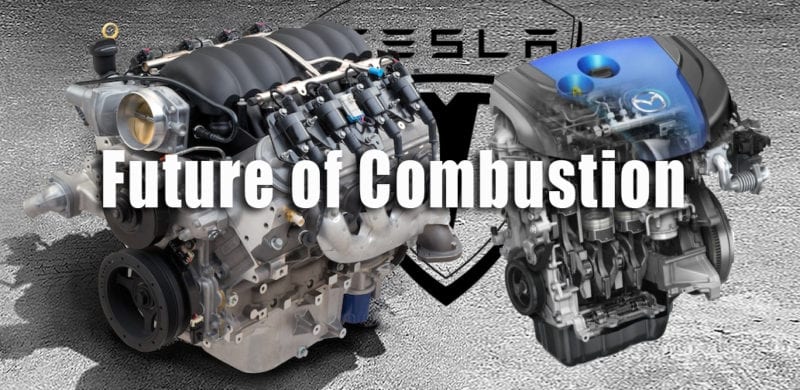

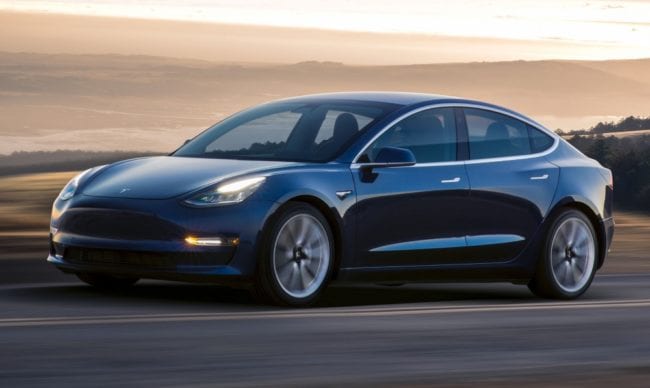

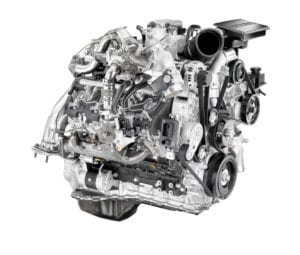
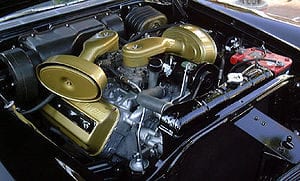
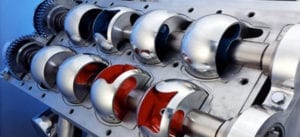
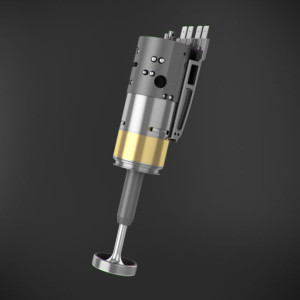
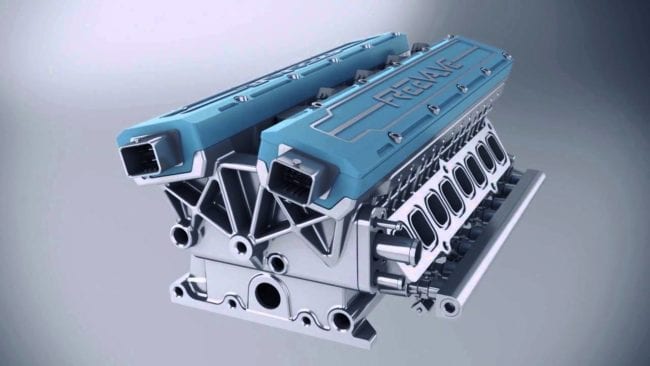
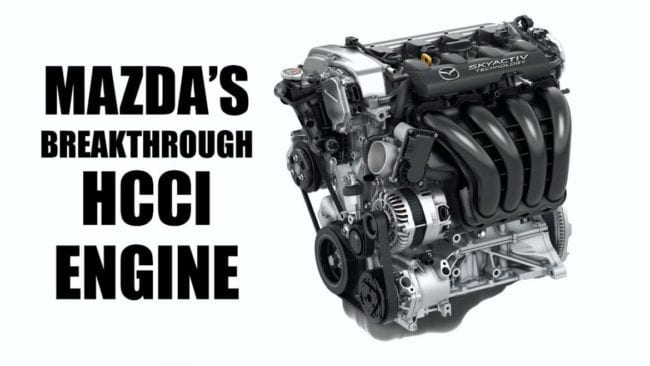


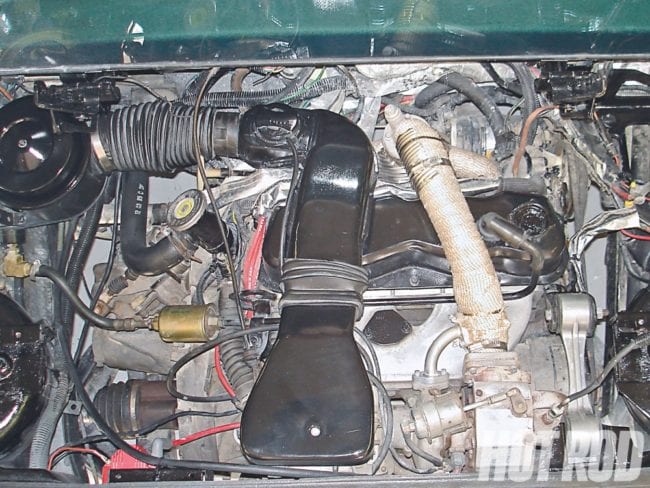



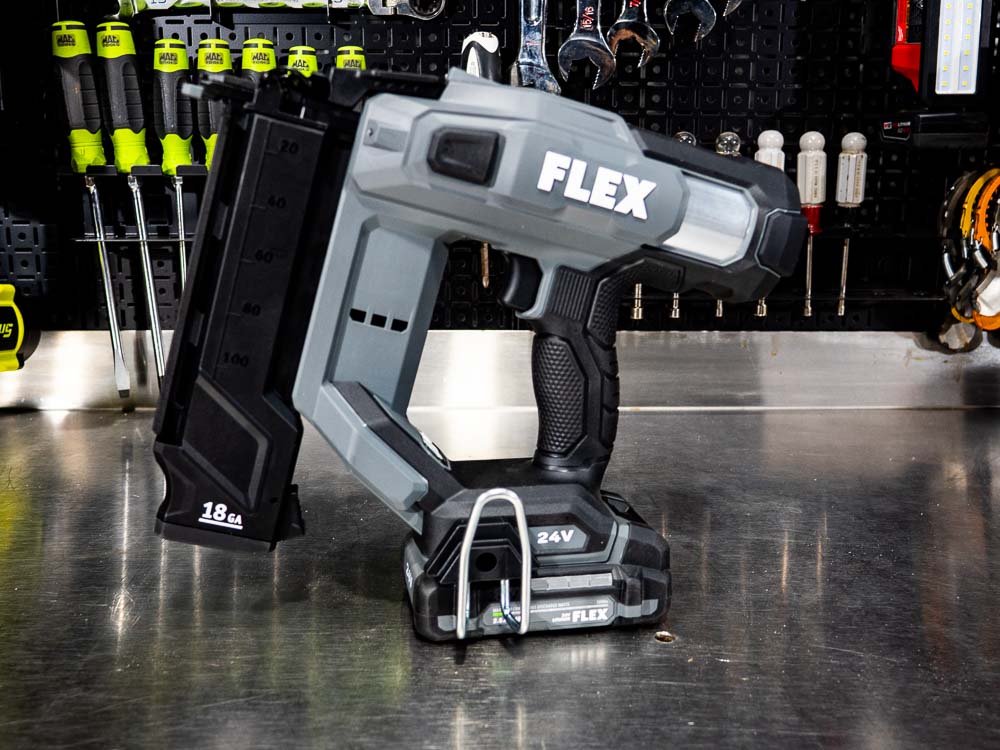
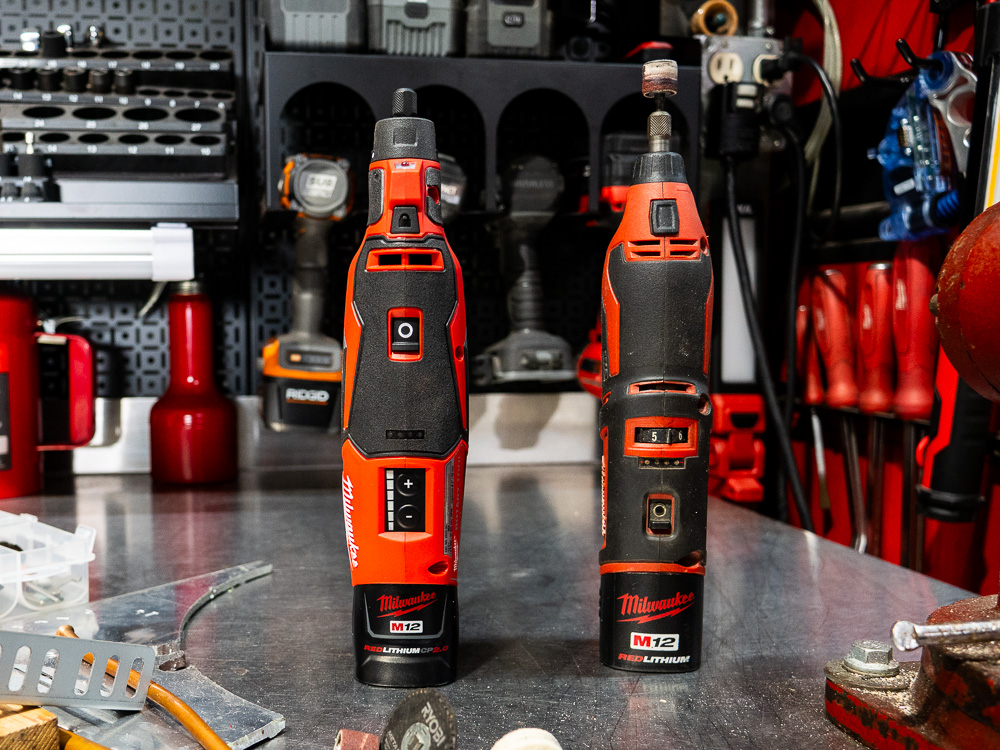


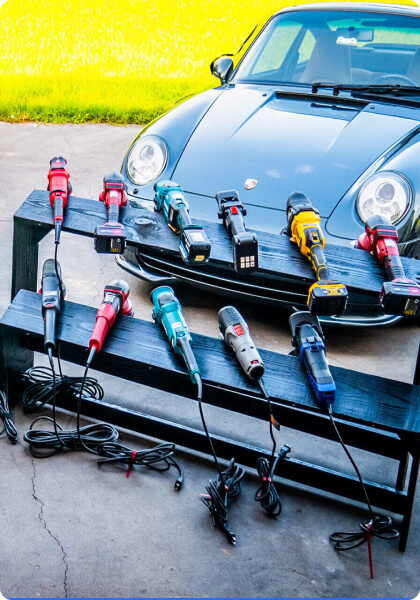
Leave a Reply